9 world's first photographs
Categories: History
By Pictolic https://pictolic.com/article/9-world39s-first-photographs.htmlAlmost 200 years ago, Frenchman Joseph Nicéphore Niepce smeared a thin layer of asphalt on a metal plate and exposed it to the sun in a camera obscura. This is how he received the world's first “reflection of the visible.” The picture did not turn out to be of the best quality, but this is where the history of photography begins.
Just some 30-40 years ago, a significant part of photographs, films, and television programs were black and white. Many people have no idea that color photography appeared much earlier than we think. On May 17, 1861, the famous English physicist James Maxwell, during a lecture on the peculiarities of color vision at the Royal Institution in London, showed the world's first color photograph - “Tarravel Ribbon”.
Since then, photography, in addition to turning from black and white to color, has received many more varieties: aerial and space photography, photomontage and x-rays, self-portraiture, underwater photography and 3D photography have appeared.
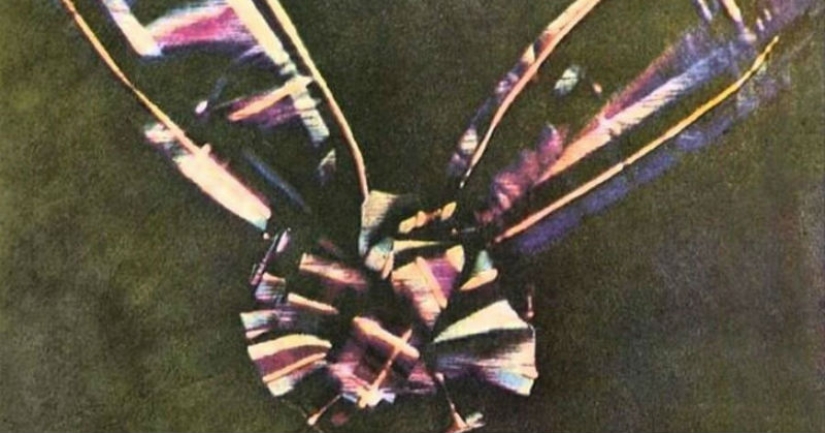
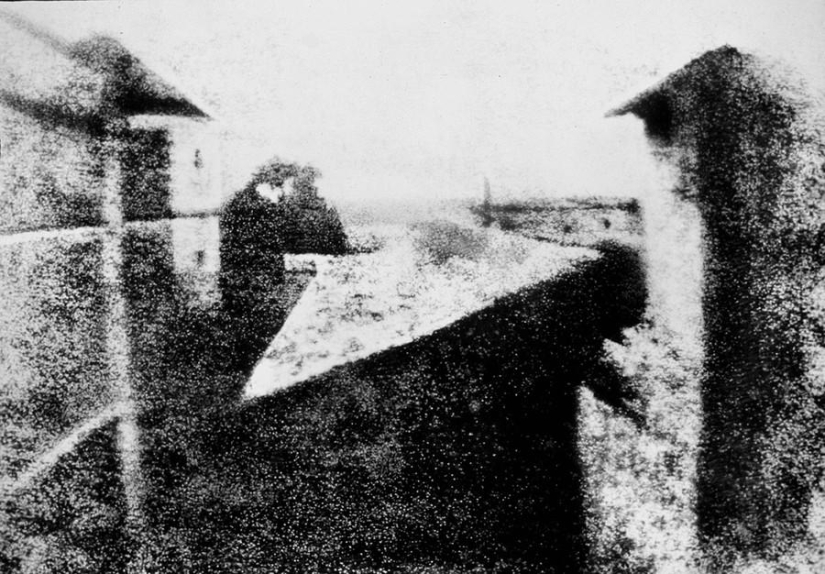
Joseph Nicéphore Niépce, a French photographer, took this photo using an eight-hour shutter speed. It's called "View from a Window at Le Gras" and has been shown in recent years at the Harry Ransom Humanities Research Center at the University of Texas at Austin.
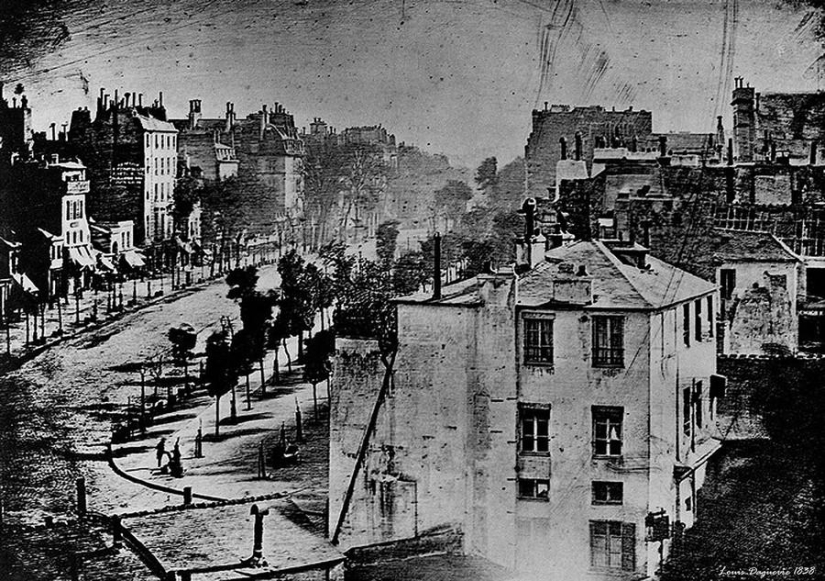
Louis Daguerre took the first photograph of another person in 1838. The photo of Boulevard du Temple shows a busy street that appears deserted (shutter speed 10 minutes, so there is no movement), except for one person in the lower left of the photo (visible when zoomed in).
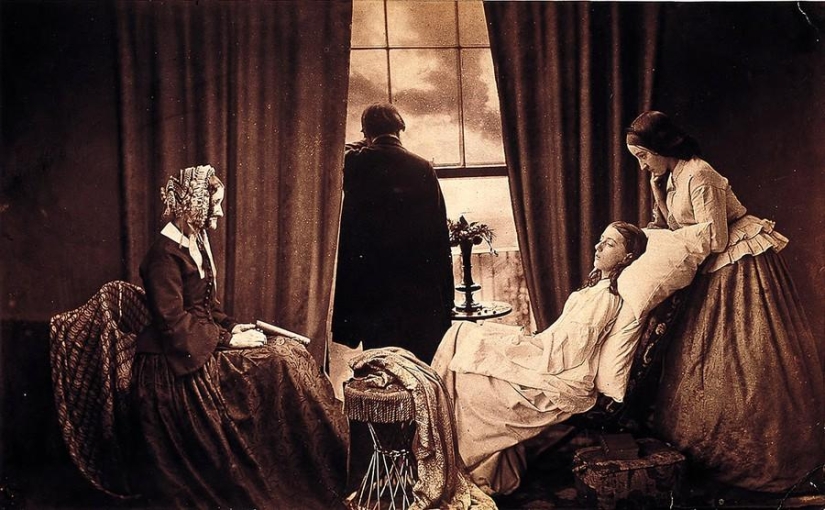
In 1858, Henry Peach Robinson performed the first photomontage, combining several negatives into a single image.
The first and most famous composite photograph was called Fading Away - it consists of five negatives. The death of a girl from tuberculosis is depicted. The work caused a lot of controversy.

James Clerk Maxwell, a Scottish mathematician and theoretical physicist, took the first color photograph in 1861. The photographic plates used in the process are now kept in the house where Maxwell was born (now a museum), at 14 India Street in Edinburgh.
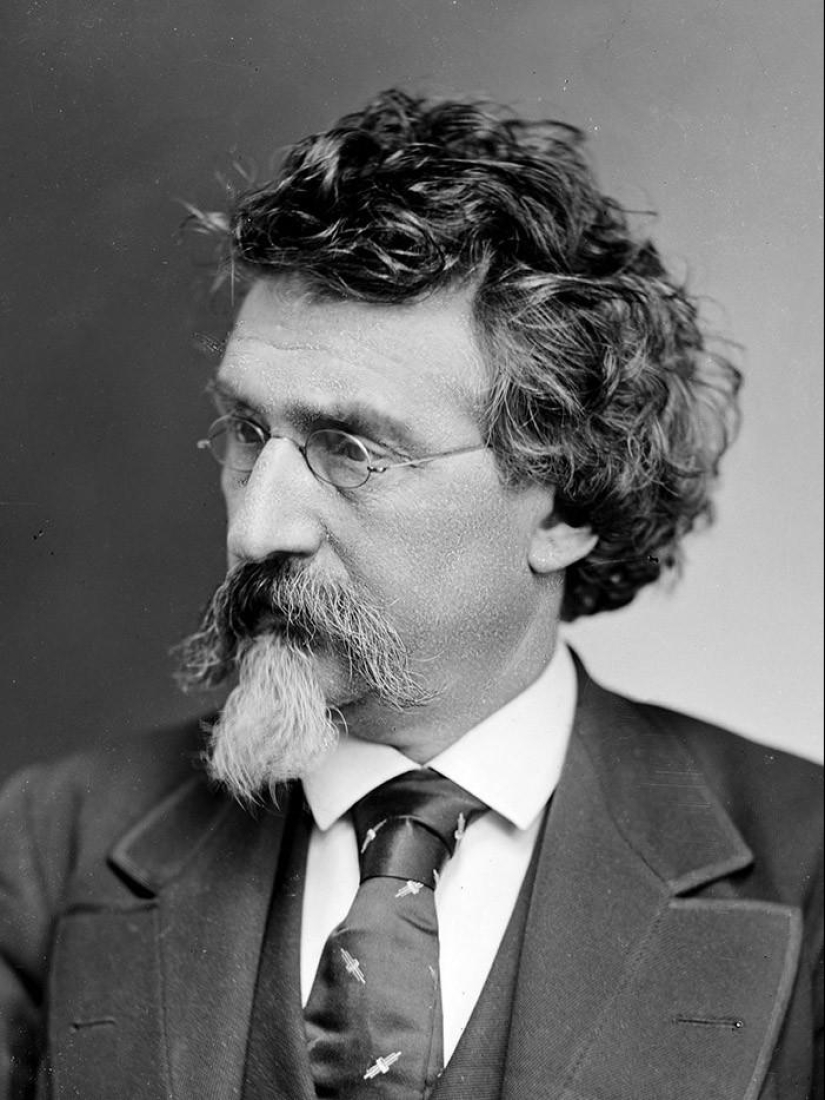
The famous American photographer Matthew Brady was the first person to photograph himself, that is, take a self-portrait.
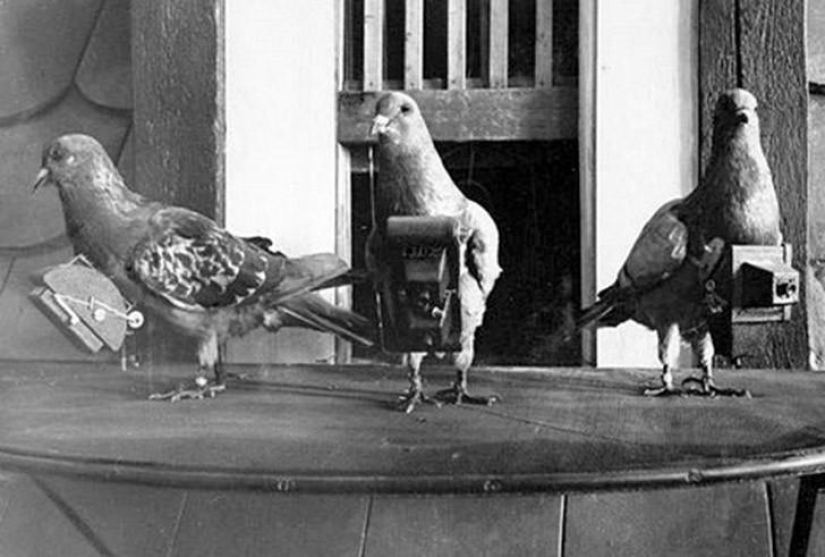
The first aerial photographers were birds. In 1903, Julius Neubronner connected a camera and a timer and attached it to the neck of a pigeon. This invention was taken note of by the German army and used for military reconnaissance.
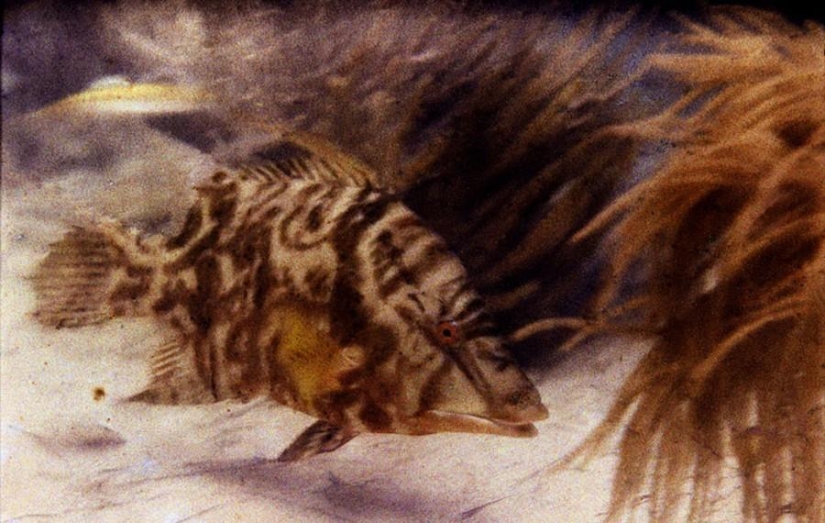
The first underwater color photograph was taken in the Gulf of Mexico by Dr. William Longley and National Geographic staff photographer Charles Martin in 1926.
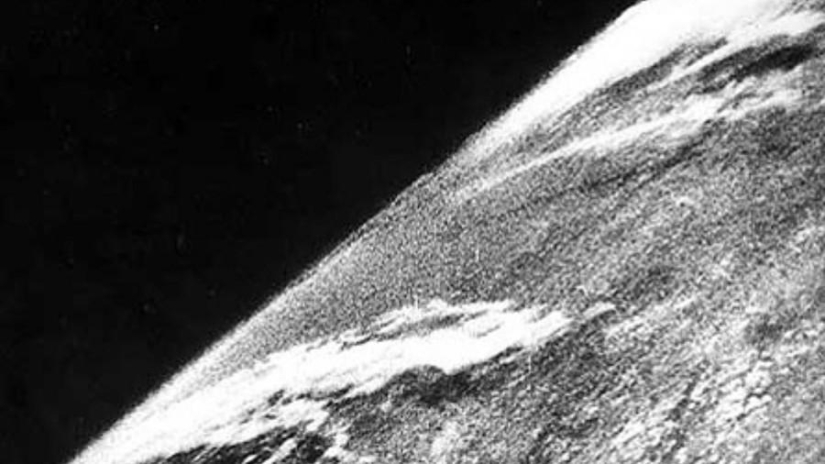
On October 24, 1946, a 35mm camera mounted on a V-2 rocket took a photo from 105 km above the Earth.

The first photograph to show a fully illuminated Earth is known as The Blue Marble. The photo was taken on December 7, 1972 by the crew of the Apollo 17 spacecraft.
Recent articles

It is very important for children that a book has illustrations. Good design makes any story interesting and memorable. More than ...

Lovers of nature and outdoor recreation will find in Norway has the greatest variety of landscapes within one European country. ...

Every country in the world has its own peculiarities and secrets. Therefore, a tourist, even just walking along a street devoid of ...